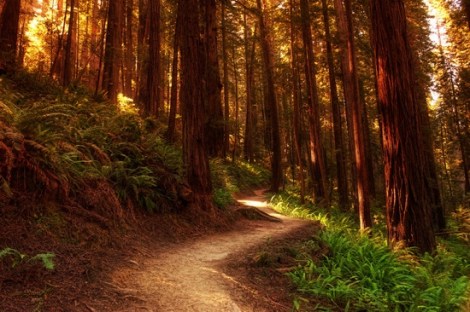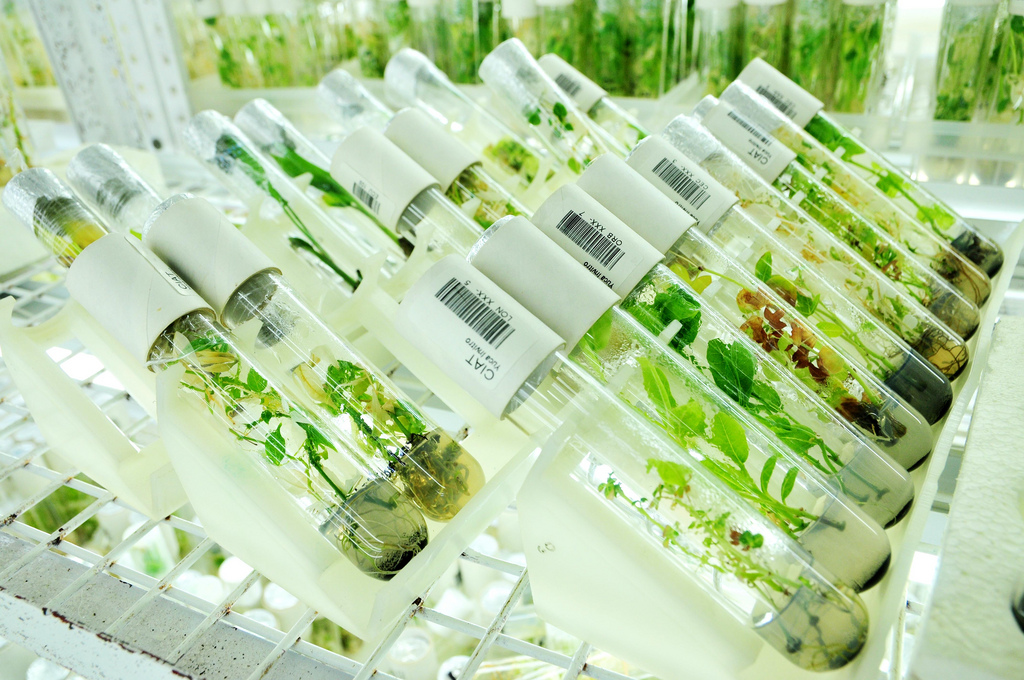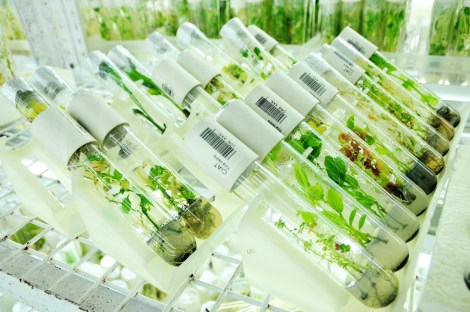Cloning: a great idea for Ryan Gosling, but old-growth trees? American tree conservationist David Milarch thinks that since 1,000-year-old British “super-trees” have withstood climate change and thousands of carved initials, they can take a little tampering with their genes. He and his nonprofit, Archangel, are on a $3 million mission to reproduce the trees and give away the cloned babies.
Pop quiz. Super-trees are super because …
A) They watch over you and protect you while you sleep (but not in a creepy way)
B) They wear tights and are impervious to pain
C) They can breathe underwater, morph into animals, and travel through time
D) Shut up and go back to giving me the news

Justin Kern
Trick question! It’s actually because they play a huge role in forest health by seeding big areas. They’re only 2 percent of a given forest’s trees, yet they contribute up to a quarter of said forest’s biomass. But although they’re super, the task at hand is also monumental (and the cloning approach isn’t without problems):
[Super-trees] are dying off rapidly under the threat of new roads, farms and settlements, not to mention droughts and new pests and diseases.
Cloning trees isn’t that easy. “It can take 1,000 pieces of plant to get two or three to root. It might take 5,000 pieces. We needed 15,000 attempts to get three clones from one redwood. All we need is one to root, one to grow, one to take off.” explains Milarch. But so far Milarch and his conservation organization, Archangel, have been able to clone 75 species, including redwoods, giant sequoias, Monterey cypresses, the Monterey Pine and the Methuselah bristlecone pine, which is 4,845 years old, and thought to be the oldest tree in the world.
According to Inhabitat, the cloning starts this summer. Terrifying attacks by tree-human hybrids start in the fall.




